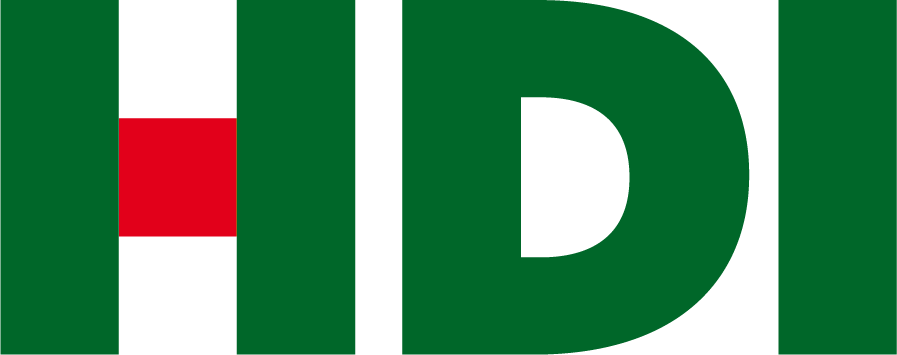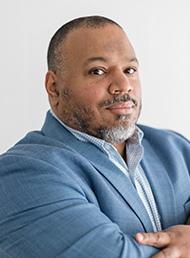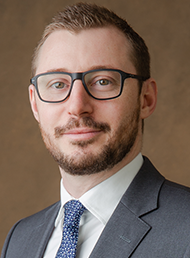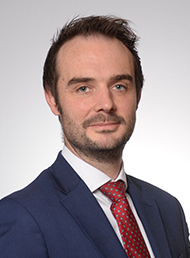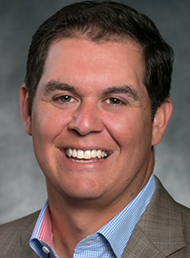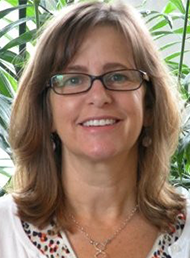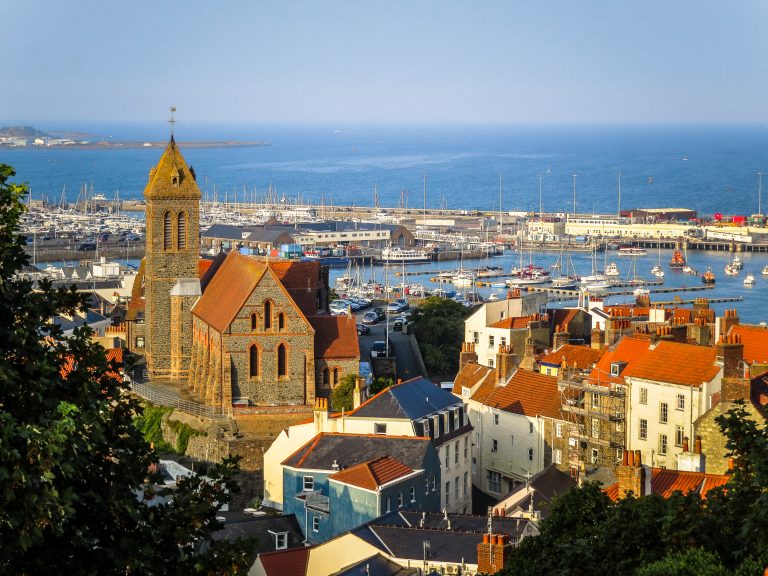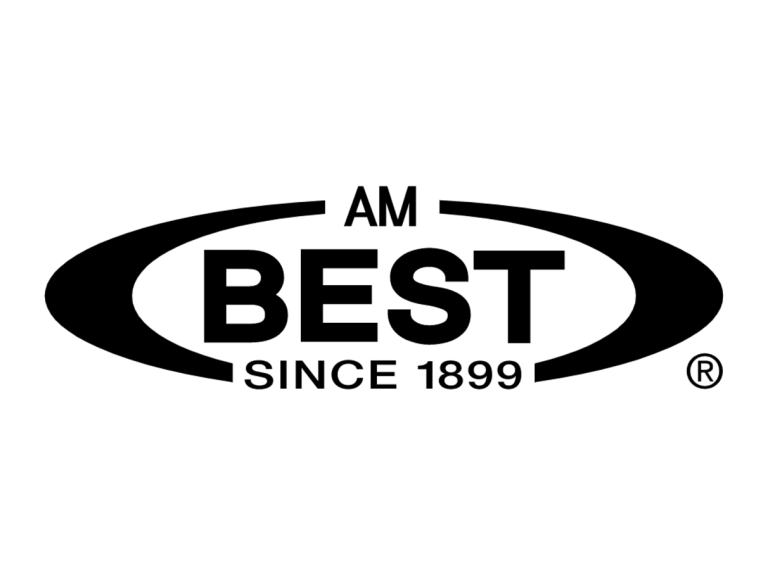A medical stop loss group captive member of more than 10 years has shared their experience of utilising the self-insurance structure to fund and support their healthcare spend and improve care for employees.
Joan Enoch, human resources manager at Lift-All, was joined on an episode of the Global Captive Podcast by Mike Van Ham, senior vice president for health and wellbeing at Captive Resources, and Joe Parrilli, senior vice president for medical stop loss at Captive Resources, discussing medical risk management.
Lift-All is a Pennsylvania-based load securement manufacturer with five plants in the United States and around 250 employees.
Enoch described the company as an “early adopter” of group captives, having had success on workers’ compensation before considering medical stop loss.
Lift-All has been a member of Well Health Insurance Ltd since 2012. Well Health was originally formed in 2011 and is managed by Kensington Management Group in Cayman.
Enoch said one of the benefits of being a member of Well Health is getting more control over medical spend, often by sharing best practices with fellow captive members and putting the right plan design in place to ensure employees are getting access to the right wellness and preventative care.
“On our end we’ve had onsite wellness screening since 2007,” she said. “We get close to 85% of our employees participating in that.
“The value is they’re connected early on and understand what their personal risks are, based on their lifestyle or possibly what they inherited from their parents.
“In some cases, that just means getting different preventive screenings, as opposed to just waiting and letting something happen.
“When I think about overall health and safety, a big piece of that is understanding what you can do upfront and to that end, that’s a cultural issue that we need to make sure that we have in place. We’ve got that support from our other Well Health members as well.”
Captive Resources works with group captive members across various sectors and lines of insurance, including workers’ compensation and medical stop loss, with CEO Nick Hentges telling Captive Intelligence earlier this year $500m was added to the total group captive book in 2022.
In medical stop loss, Van Ham said the success of the group captive programmes is often driven by the motivation of its members to provide effective healthcare and wellness options to their employees.
“These are employers that are self-funded, they’re in control of their spend,” he said.
“They can take actions to mitigate that spend. So the ability to implement and share these ideas, it’s not only going to help Joan and Lift-All, and being able to report to her leadership around the cost savings and helping reduce their plan spend and trend, but cumulatively, this has an impact across the captive.
“All of these employers taking upon similar strategies, implementing those strategies, helps create efficiencies across the captive, which ultimately leads to the captive layer and the reinsurance layer taking on less risk.”
When asked if other organisations of a similar size to Lift-All, or under 1,000 employees, should consider a self-funded or group captive approach to healthcare, Enoch said the important point was to consider the bigger picture and strategize for the medium to long term.
Since joining Well Health in 2012, Enoch said they have had five years of no increases in overall healthcare spend.
“When I think about healthcare, we cannot avoid every accident or injury,” she added.
“Some cancer diagnosis are going to occur, so we just need to make sure that our plan allows for that to happen.
“We’re going to have hopefully more good years than bad years, and the stop-loss funding allows us to do that very well, to manage that cash flow and also protect us in the backend so if we do have a bad year, or if other Well Health members have a bad year, the rest of us are there to support that.
“But then when we have overall good years, we benefit from those savings collectively.”Listen to the full GCP Short discussion with Joan, Michael and Joe on the Captive Intelligence website here, or any podcast app. Just search for ‘Global Captive Podcast’ on Apple Podcasts, Spotify, Google Podcasts or any podcast platform.


